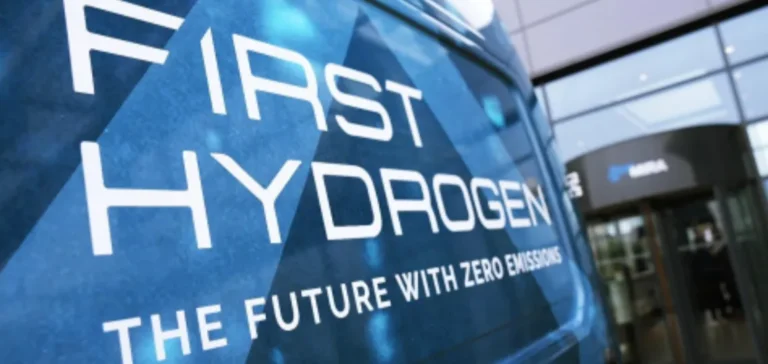First Hydrogen announced the extension of its collaboration with the Renewable Thermal Laboratory at the University of Alberta to integrate small modular nuclear reactor (SMR) design into its research work. This initiative aims to optimise fuel materials, reactor design, and their adaptation to the growing electricity needs, particularly those generated by the expansion of artificial intelligence data centres.
Green hydrogen: industrial production backed by nuclear power
SMRs stand out for their modularity, easier installation on remote sites, and industrial assembly before shipment. Their ability to adapt progressively to demand, longer refuelling cycles, and lower initial costs offer significant industrial advantages. First Hydrogen plans to integrate these technologies into its green hydrogen production models, relying on Canada’s strong nuclear expertise, including the CANDU (Canadian Deuterium-Uranium) reactor.
Data centres: growing pressure on electricity demand
The energy demand from artificial intelligence data centres is rising rapidly. According to Goldman Sachs, this demand could increase by 160% by 2030, while data centre consumption, currently representing about 1 to 2% of global electricity, could reach 3 to 4% by the end of the decade, with 19% directly linked to artificial intelligence by 2028. A single exchange with an artificial intelligence model, such as ChatGPT, requires almost ten times more electricity than a standard Google search.
Deployment of SMRs in Canada and industrial projects
Canada has five nuclear power plants spread across three provinces, totalling 22 reactors that account for 15% of the country’s electricity production. Among recent initiatives, Ontario Power Generation is planning to build four SMRs at the Darlington site, while New Brunswick is developing fourth-generation projects with ARC Clean Energy at Point Lepreau. Saskatchewan is also exploring the integration of SMRs into its electrical grid.
Required investments and industrial challenges
The rise in electricity needs linked to data centres is driving major investment. In the United States, the need for new generation capacity is estimated at $50bn, while the investments required in Europe to modernise grids and strengthen renewables exceed $1.84tn. In this context, SMRs are attracting industrial players seeking modular, reliable, and quickly deployable solutions.
Dr Muhammad Taha Manzoor, project lead at the University of Alberta, highlights the multidisciplinary complexity of SMR design and the importance of intensifying synergies between industry and research to meet the growing demand for electricity.






















